Home>Furniture & Design>Interior Design Trends>How To Tell If Glass Is Laminated
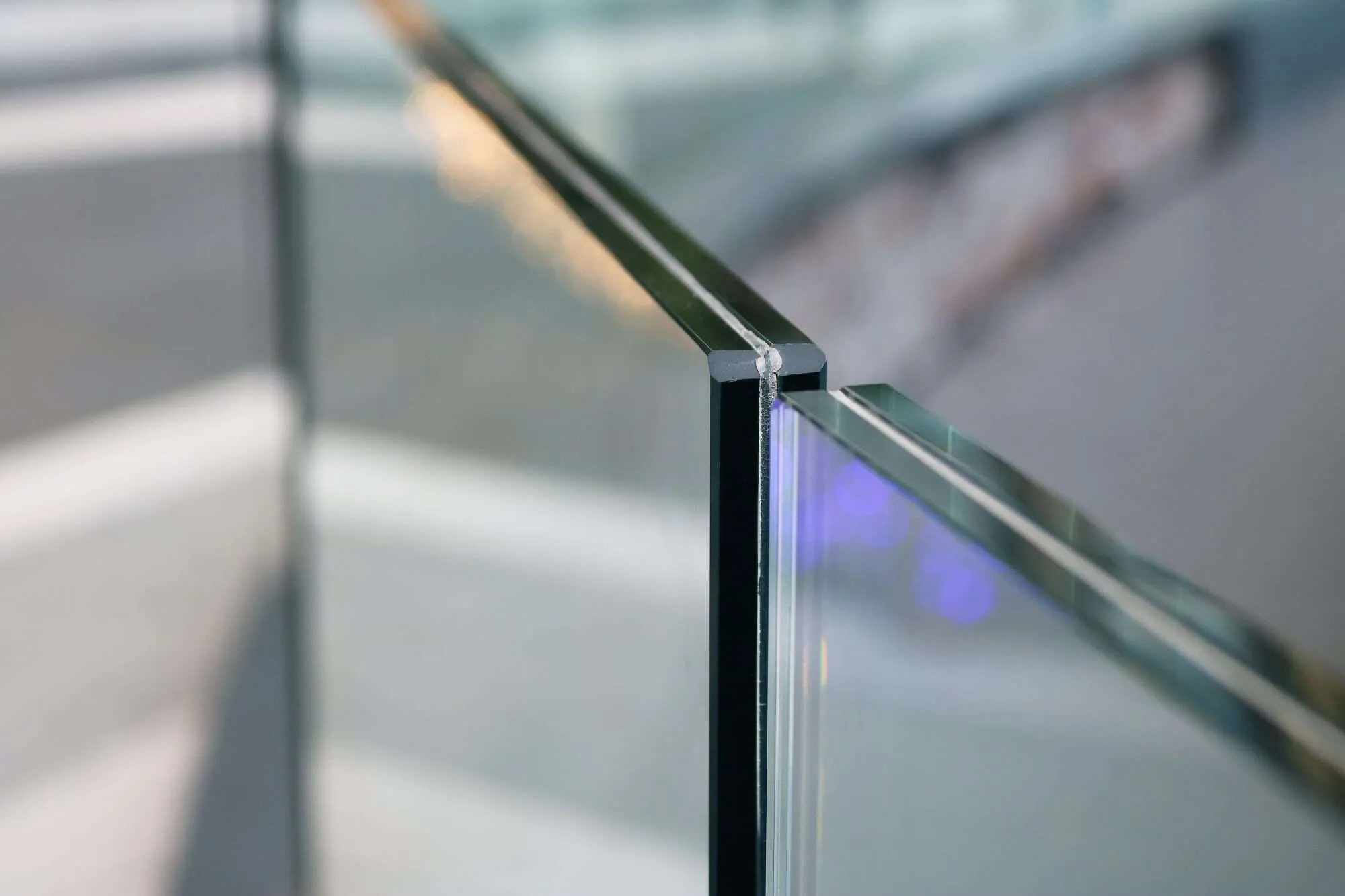

Interior Design Trends
How To Tell If Glass Is Laminated
Modified: October 20, 2024
Learn how to identify laminated glass for your interior design projects. Stay updated on the latest interior design trends. Discover more!
(Many of the links in this article redirect to a specific reviewed product. Your purchase of these products through affiliate links helps to generate commission for Storables.com, at no extra cost. Learn more)
Introduction
Laminated glass is a crucial component of modern architectural design and automotive safety. Its unique construction provides enhanced strength and safety features, making it a popular choice for various applications. Whether you're assessing the glass in your home, office, or vehicle, being able to identify laminated glass is essential for maintenance and safety purposes.
Understanding the distinguishing characteristics of laminated glass empowers you to make informed decisions about its care and maintenance. In this comprehensive guide, we will explore various methods to determine whether glass is laminated, offering practical insights that can be applied in real-world scenarios.
By familiarizing yourself with the distinct properties of laminated glass, you can ensure the longevity and safety of your glass installations. Let's delve into the world of laminated glass and uncover the techniques for identifying this innovative material.
Key Takeaways:
- Look for the interlayer and thickness variation to identify laminated glass. It holds together when shattered and offers UV protection, making it a safe and versatile choice for various applications.
- Use the sound test and UV light test to confirm laminated glass. The dull sound and subtle color under UV light are unique features that distinguish laminated glass from other types.
What is Laminated Glass?
Laminated glass is a specialized type of safety glass that is constructed by bonding two or more layers of glass with an interlayer of polyvinyl butyral (PVB) or ethylene-vinyl acetate (EVA). This interlayer, often transparent, is what sets laminated glass apart from traditional annealed or tempered glass. The lamination process involves subjecting the glass and interlayer to heat and pressure, resulting in a strong, durable composite material.
One of the most notable features of laminated glass is its ability to hold together when shattered, thanks to the interlayer that keeps the glass fragments bonded. This characteristic makes it a preferred choice for applications where safety and security are paramount, such as in automobile windshields, building facades, and skylights.
In addition to its safety benefits, laminated glass offers sound insulation and protection against UV radiation. The interlayer effectively dampens sound transmission, making it an ideal choice for reducing noise pollution in urban environments. Furthermore, the interlayer provides UV filtering, safeguarding interiors from the harmful effects of prolonged sun exposure.
The versatility of laminated glass extends to its aesthetic appeal and design flexibility. It can be customized with various tints, patterns, and interlayer materials to achieve specific visual effects and performance attributes. This adaptability makes laminated glass a popular choice for architectural applications, where designers seek to combine safety with artistic expression.
Overall, laminated glass stands as a testament to modern engineering and innovation, offering a multifaceted solution for safety, security, and design. Its unique composition and performance characteristics have positioned it as a cornerstone of contemporary glass technology, shaping the landscapes of architecture, automotive design, and interior spaces.
Visual Inspection
Visual inspection serves as a fundamental method for identifying laminated glass, allowing individuals to assess its unique characteristics. When conducting a visual inspection, there are specific attributes to look for that distinguish laminated glass from other types of glass.
One of the primary indicators of laminated glass is the presence of an interlayer, typically made of polyvinyl butyral (PVB) or ethylene-vinyl acetate (EVA), sandwiched between the glass layers. This interlayer is often visible at the edges of the glass, appearing as a thin, plastic-like material. When examining the edges of the glass, observe whether there is a distinct interlayer, which signifies the presence of laminated glass.
Furthermore, laminated glass may exhibit a slight thickness variation compared to traditional monolithic glass. This variation is a result of the multiple layers and interlayer, contributing to a discernible difference in depth when compared to standard glass. By carefully observing the edges and surface of the glass, you can gauge the presence of laminated glass based on its distinctive thickness profile.
Another visual cue to consider is the behavior of the glass upon breakage. Laminated glass tends to hold together when shattered, with the interlayer preventing the glass fragments from dispersing. This characteristic sets it apart from other types of glass, such as tempered glass, which breaks into small, granular pieces upon impact. By examining the behavior of the glass when broken, you can gain insights into its laminated composition.
In addition to these specific visual indicators, it's essential to consider the overall clarity and transparency of the glass. Laminated glass typically maintains a high level of clarity, with minimal distortion or waviness, even when viewed from different angles. This optical clarity is a result of the bonding process and the quality of the interlayer, contributing to the overall visual appeal of laminated glass.
By carefully inspecting the edges, thickness, breakage behavior, and optical clarity of the glass, individuals can effectively determine whether a given piece of glass is laminated. This visual inspection method provides a practical and accessible approach for identifying laminated glass in various settings, empowering individuals to make informed decisions regarding its maintenance and usage.
Sound Test
The sound test is a simple yet effective method for discerning laminated glass based on its acoustic properties. Laminated glass, owing to its unique construction with an interlayer, exhibits distinct sound characteristics when compared to traditional monolithic glass.
When conducting a sound test, gently tap the surface of the glass with a solid object, such as a metal key or a small hammer. Pay close attention to the sound produced upon contact. Laminated glass tends to emit a dull, thudding sound with minimal reverberation. This muted sound is a result of the interlayer's dampening effect, which absorbs and disperses the energy of the impact, resulting in reduced acoustic transmission.
In contrast, standard glass, such as annealed or tempered glass, produces a sharp, ringing sound with prolonged reverberation when struck. This distinct acoustic response is indicative of the glass's monolithic composition, lacking the interlayer that characterizes laminated glass.
By comparing the sound produced when tapping different types of glass, individuals can easily identify laminated glass based on its unique acoustic behavior. This method provides a practical and non-invasive approach for determining the presence of an interlayer within the glass structure, offering valuable insights into its laminated composition.
The sound test serves as a valuable tool for homeowners, automotive enthusiasts, and architectural professionals seeking to verify the presence of laminated glass in various installations. Its simplicity and reliability make it an accessible technique for confirming the safety and performance benefits associated with laminated glass.
In summary, the sound test offers a straightforward and intuitive means of identifying laminated glass, leveraging the distinctive acoustic properties inherent to its construction. By incorporating the sound test into your assessment of glass materials, you can confidently distinguish laminated glass from other types of glass, ensuring a heightened awareness of its presence and benefits in diverse environments.
To tell if glass is laminated, look for a thin layer of plastic between the glass layers. You can also check for a “PVB” or “SGP” marking on the glass, which indicates it is laminated.
UV Light Test
The UV light test is a valuable technique for discerning laminated glass based on its response to ultraviolet radiation. Laminated glass, renowned for its UV filtering capabilities, exhibits distinct behavior when exposed to UV light, setting it apart from conventional glass types.
To conduct the UV light test, position the glass under a UV light source, such as a handheld UV flashlight or a specialized UV inspection lamp. As the UV light illuminates the glass surface, observe its response to the ultraviolet radiation. Laminated glass, equipped with a UV-blocking interlayer, typically displays a subtle green or amber hue when subjected to UV light. This phenomenon is attributed to the interlayer's UV absorption properties, which effectively mitigate the transmission of harmful ultraviolet rays.
In contrast, traditional monolithic glass, lacking the UV-filtering interlayer found in laminated glass, may exhibit minimal to no coloration when exposed to UV light. This distinction in UV light response serves as a key indicator for identifying laminated glass, allowing individuals to differentiate it from other glass types based on its unique UV filtering characteristics.
The UV light test offers a non-invasive and illuminating approach for confirming the presence of laminated glass, leveraging the interplay between UV radiation and the glass's composition. By utilizing this method, homeowners, automotive enthusiasts, and architectural professionals can gain valuable insights into the UV protection offered by laminated glass, reinforcing its role in safeguarding interiors from the detrimental effects of prolonged sun exposure.
In summary, the UV light test provides a practical and visually compelling means of identifying laminated glass, capitalizing on its distinctive response to UV radiation. By integrating the UV light test into the assessment of glass materials, individuals can effectively recognize the UV filtering properties inherent to laminated glass, enhancing their understanding of its protective attributes in diverse settings.
Read more: How To Tell If Glass Is Antique
Edge Inspection
When identifying laminated glass, conducting an edge inspection serves as a crucial method for discerning its distinctive composition. The edges of laminated glass offer valuable visual cues and structural insights that set it apart from traditional monolithic glass types.
One of the primary indicators during an edge inspection is the presence of a visible interlayer, typically made of polyvinyl butyral (PVB) or ethylene-vinyl acetate (EVA), sandwiched between the glass layers. This interlayer is often perceptible at the edges of the glass, appearing as a thin, plastic-like material that separates the individual glass layers. By carefully examining the edges, individuals can ascertain the presence of this interlayer, which serves as a hallmark of laminated glass.
Furthermore, laminated glass edges may exhibit a slight variation in thickness compared to standard glass. This variation is a result of the multiple layers and interlayer, contributing to a discernible difference in depth when compared to traditional monolithic glass. By observing the edges of the glass and gauging the thickness profile, individuals can gain valuable insights into the laminated composition of the glass.
In addition to the interlayer and thickness variation, the behavior of the glass edges upon breakage provides further clues about its laminated nature. Laminated glass tends to hold together when shattered, with the interlayer preventing the glass fragments from dispersing. This characteristic sets it apart from other glass types, such as tempered glass, which breaks into small, granular pieces upon impact. By examining the edges and observing the behavior of the glass when broken, individuals can effectively determine the presence of laminated glass based on its unique structural response.
By meticulously inspecting the edges of the glass, individuals can gain valuable insights into its laminated composition, leveraging visual and structural indicators to confirm its distinctive properties. This method offers a practical and accessible approach for identifying laminated glass, empowering individuals to make informed assessments and decisions regarding its usage and maintenance.
Conclusion
In conclusion, the ability to identify laminated glass is a valuable skill that empowers individuals to make informed decisions about glass maintenance, safety, and design. By leveraging a combination of visual inspection, sound testing, UV light examination, and edge assessment, individuals can confidently discern the presence of laminated glass in various settings, ranging from residential and commercial spaces to automotive applications.
Visual inspection serves as a foundational method for identifying laminated glass, allowing individuals to assess its unique characteristics such as the presence of an interlayer, thickness variation, and behavior upon breakage. This accessible approach provides valuable insights into the distinct visual cues that differentiate laminated glass from traditional monolithic glass types.
The sound test offers a simple yet effective means of discerning laminated glass based on its acoustic properties. By comparing the sound produced when tapping different types of glass, individuals can easily identify laminated glass based on its muted, thudding sound, indicative of the interlayer's dampening effect.
The UV light test provides a visually compelling method for confirming the presence of laminated glass, leveraging its distinct response to ultraviolet radiation. The subtle green or amber hue exhibited by laminated glass under UV light serves as a key indicator, highlighting its UV filtering properties and reinforcing its role in protecting interiors from harmful UV rays.
Edge inspection offers valuable structural insights into the composition of laminated glass, allowing individuals to ascertain the presence of the interlayer, thickness variation, and behavior upon breakage. By meticulously examining the edges of the glass, individuals can gain a comprehensive understanding of its laminated nature, enhancing their ability to recognize this innovative material.
By integrating these methods into their assessment of glass materials, individuals can confidently identify laminated glass and appreciate its multifaceted benefits, including enhanced safety, UV protection, and design flexibility. Whether it's ensuring the integrity of architectural installations, verifying the safety features of automotive glass, or maintaining the visual appeal of interior spaces, the ability to discern laminated glass is a valuable asset in diverse contexts.
In essence, the techniques outlined in this guide provide a holistic approach to identifying laminated glass, offering practical and accessible methods for individuals to enhance their understanding and appreciation of this innovative material. By honing their ability to recognize laminated glass, individuals can contribute to the safe and sustainable utilization of this versatile material across various domains, reinforcing its pivotal role in modern design and safety practices.
Frequently Asked Questions about How To Tell If Glass Is Laminated
Was this page helpful?
At Storables.com, we guarantee accurate and reliable information. Our content, validated by Expert Board Contributors, is crafted following stringent Editorial Policies. We're committed to providing you with well-researched, expert-backed insights for all your informational needs.
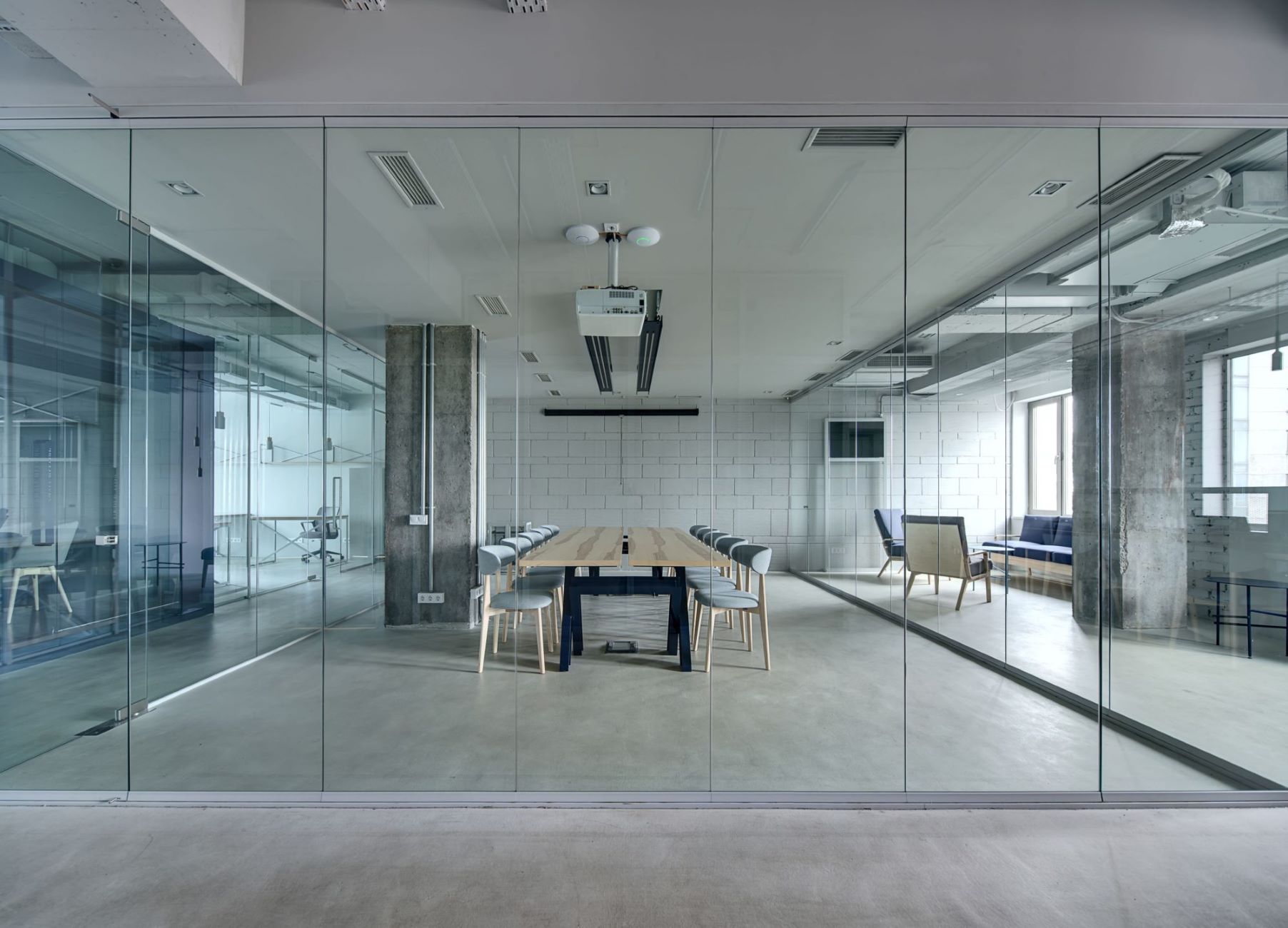
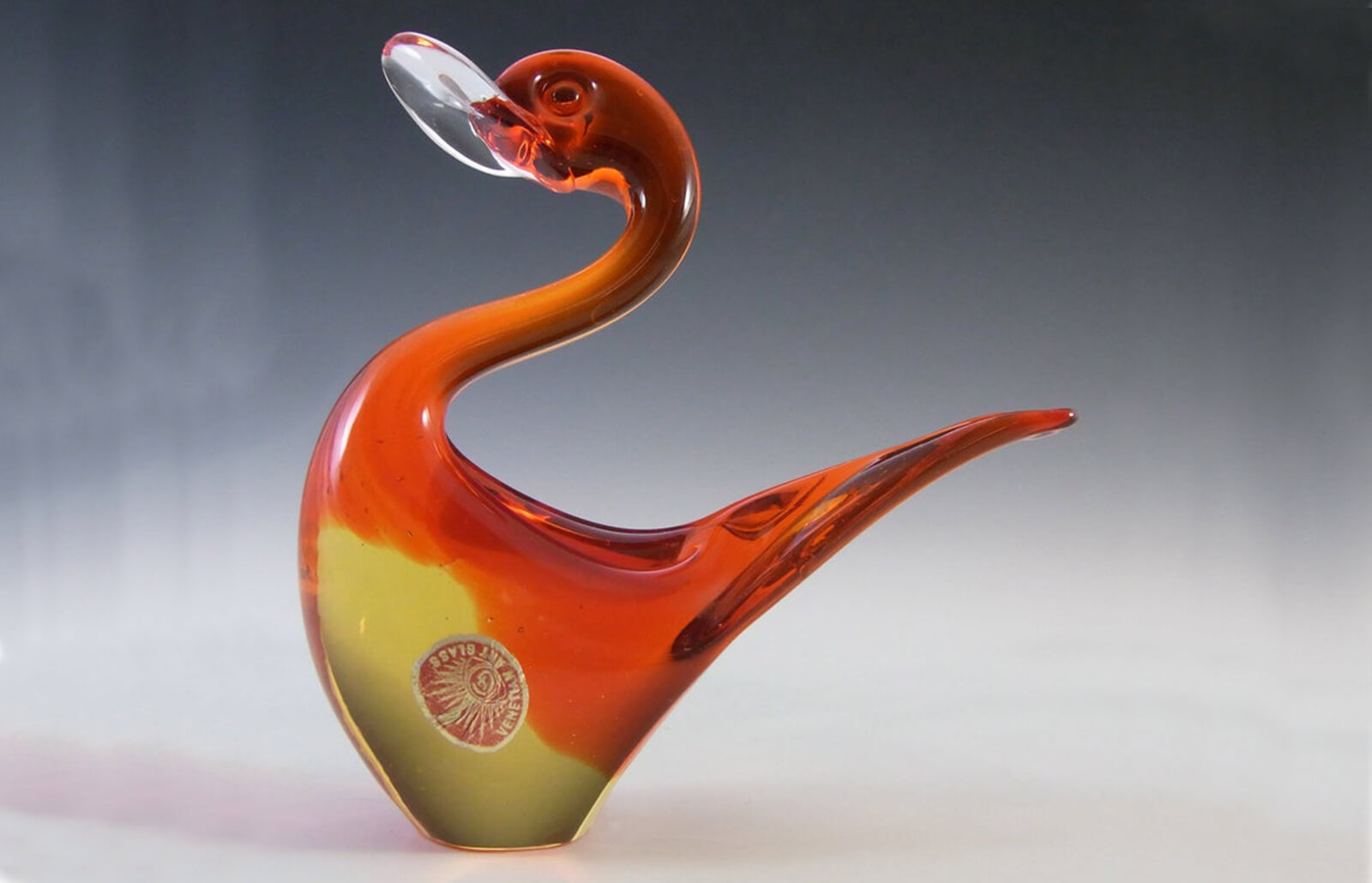
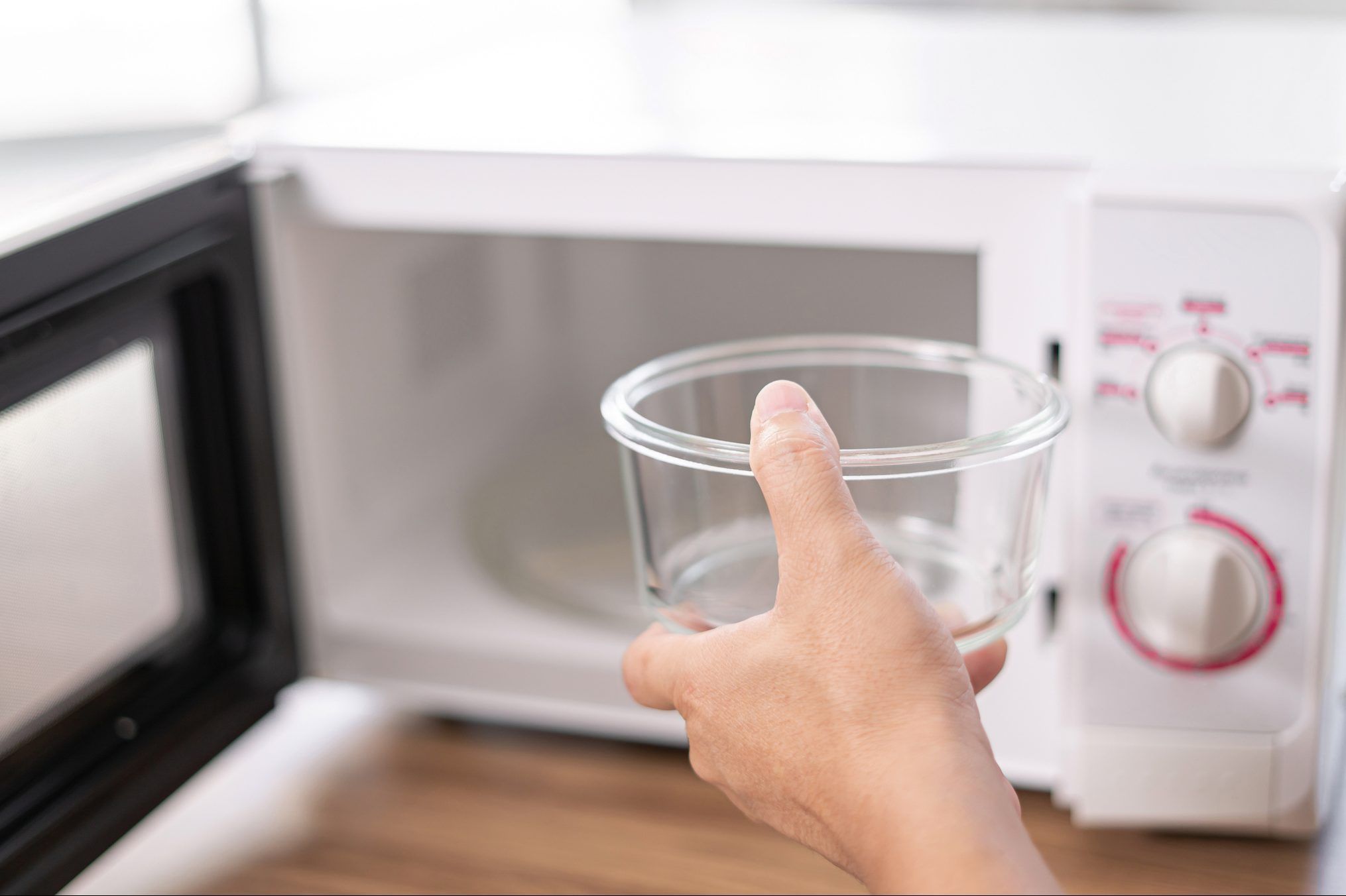

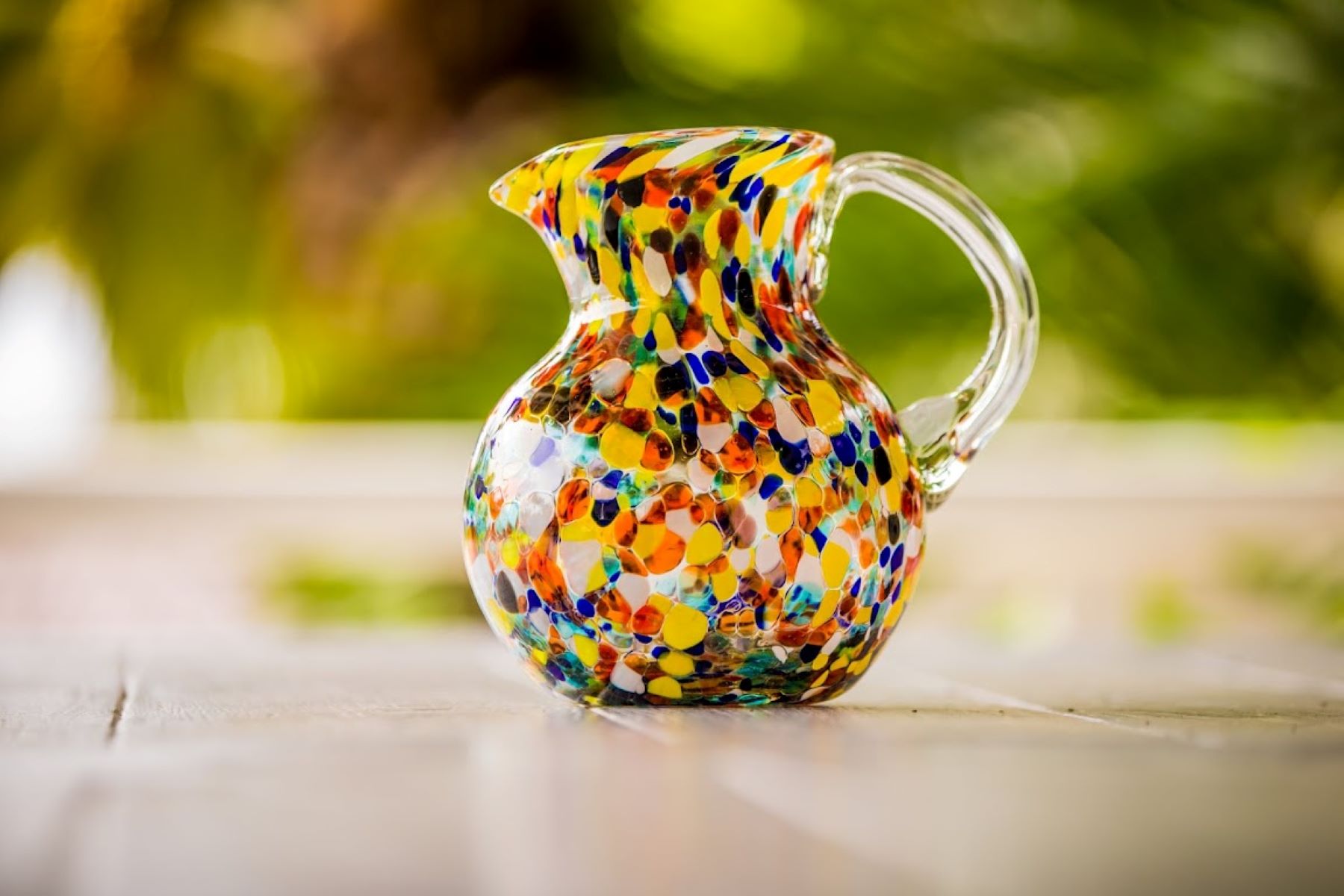
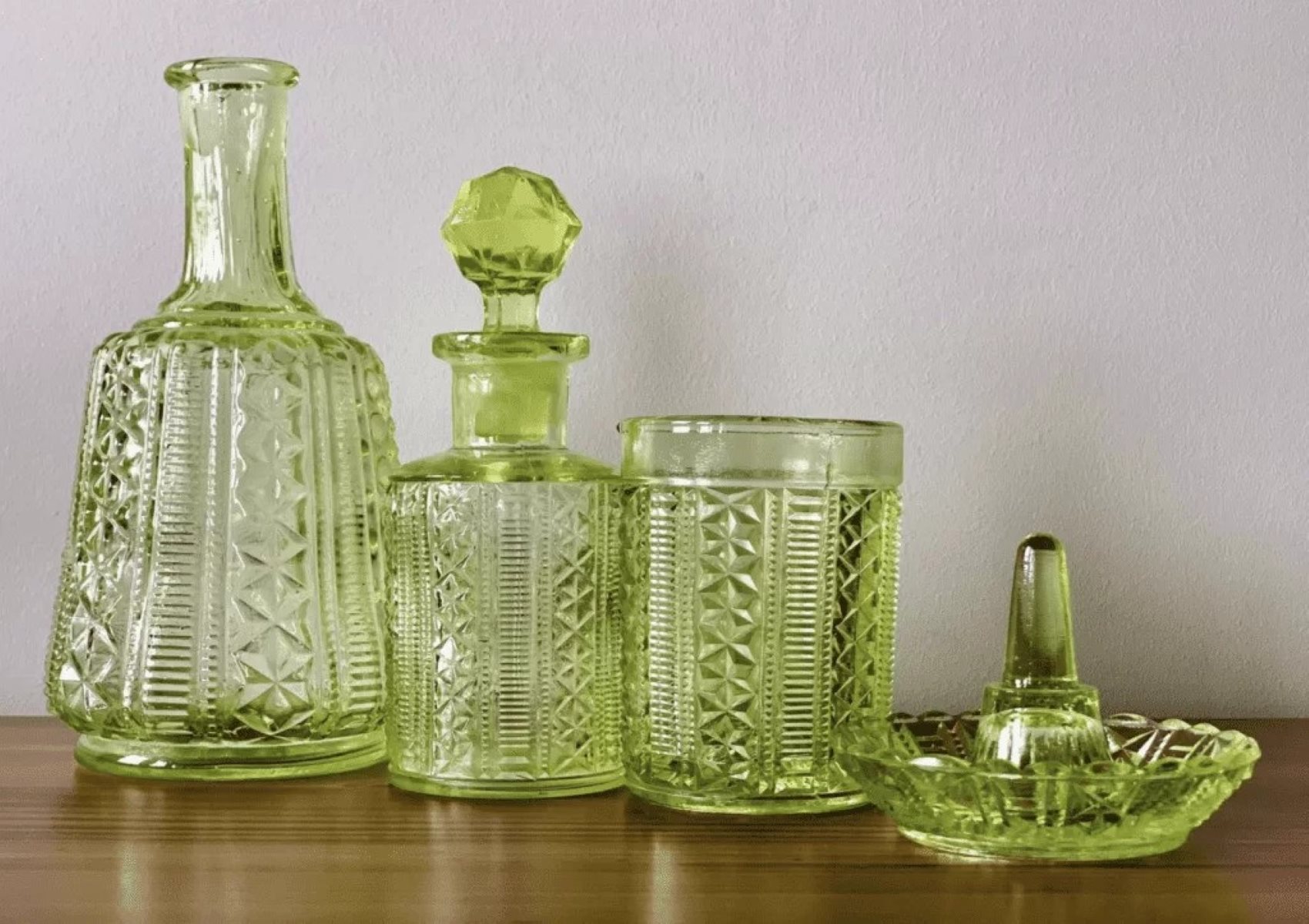

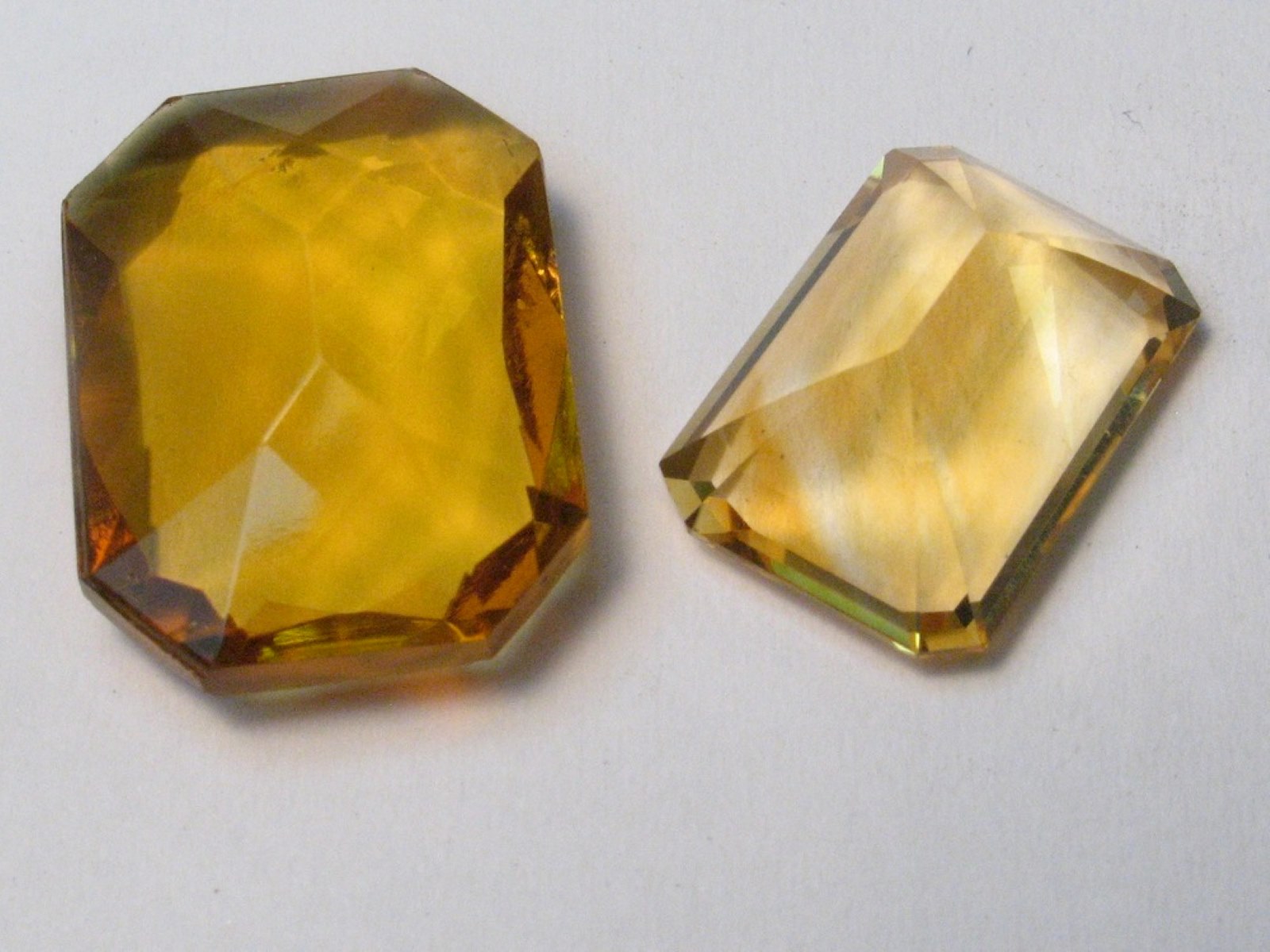
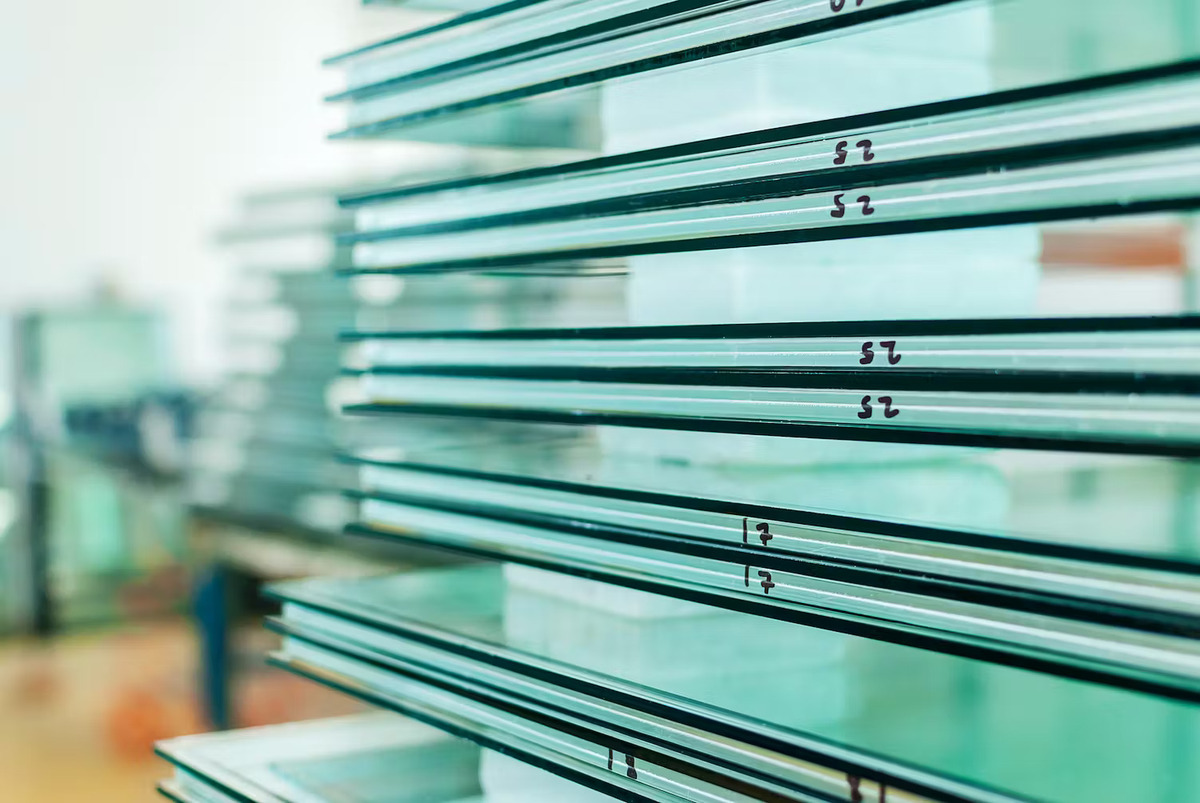
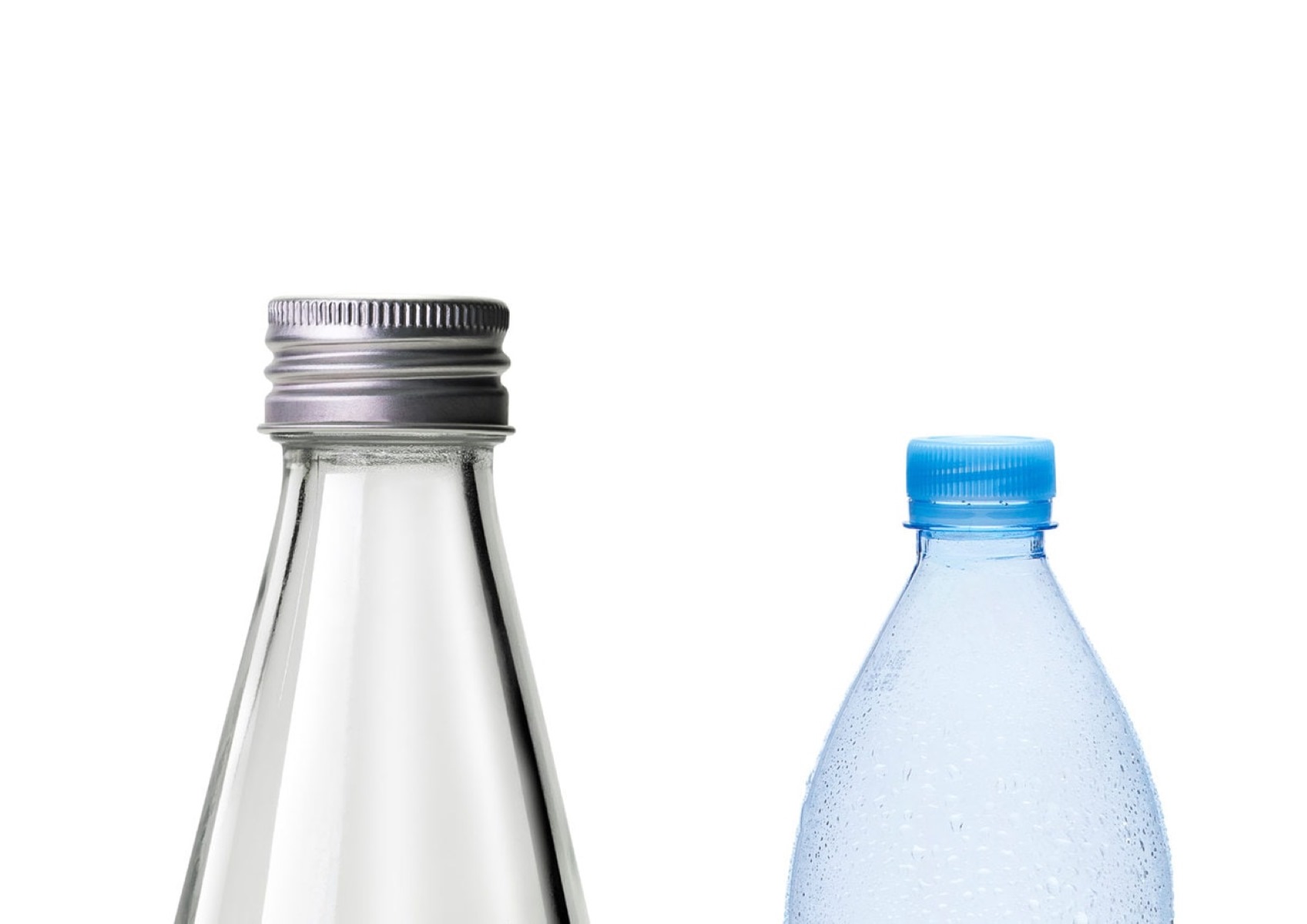


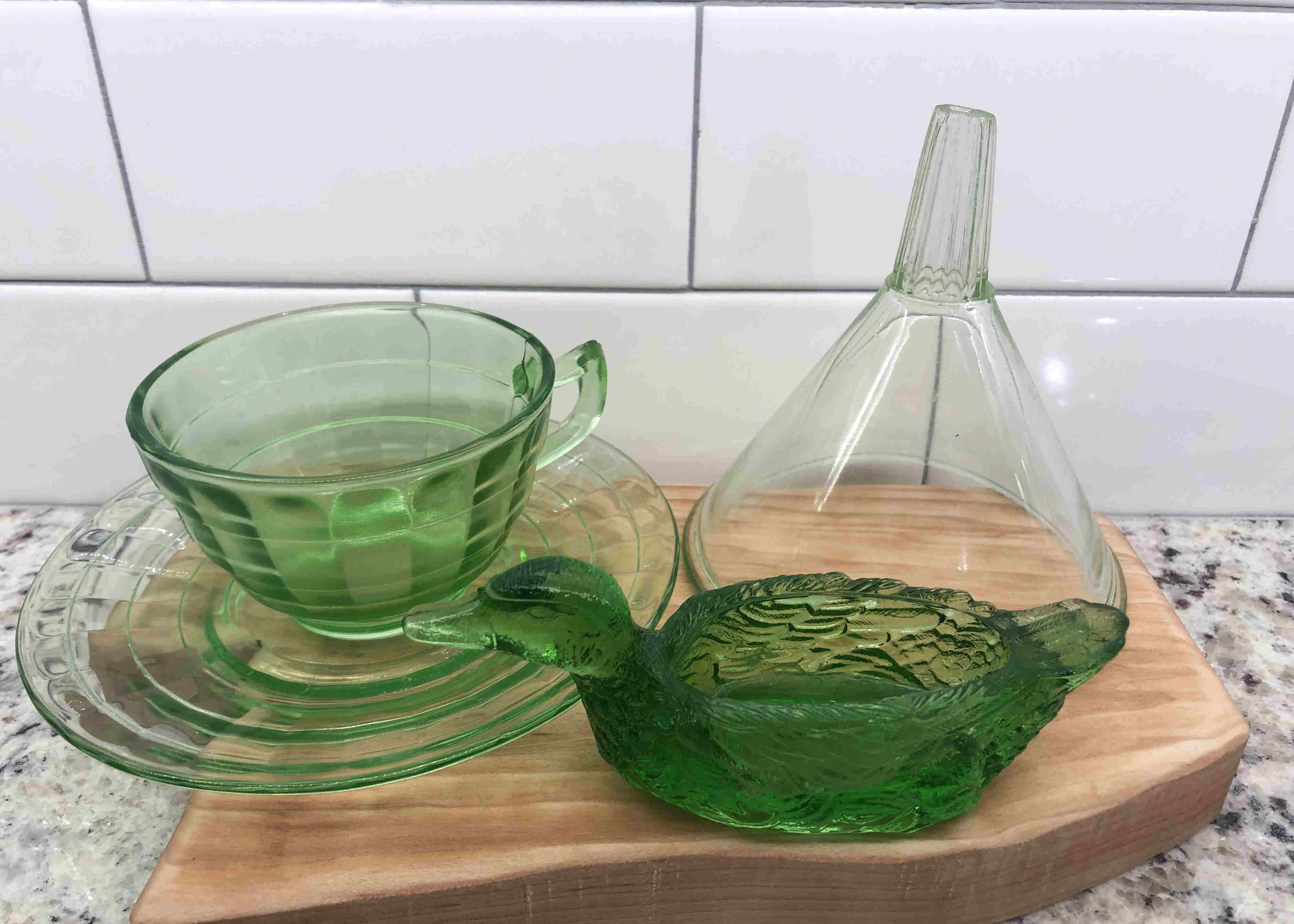
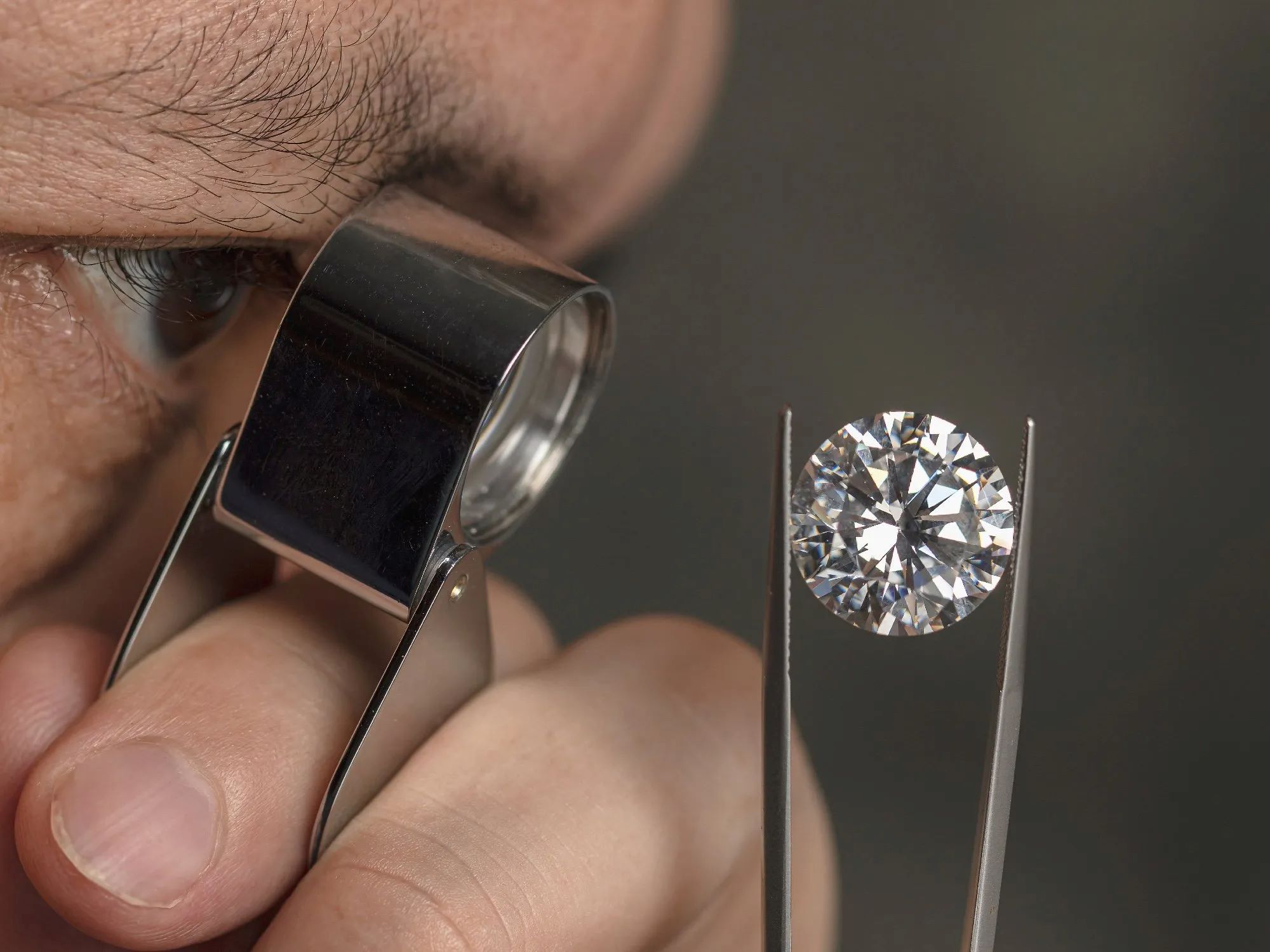

0 thoughts on “How To Tell If Glass Is Laminated”